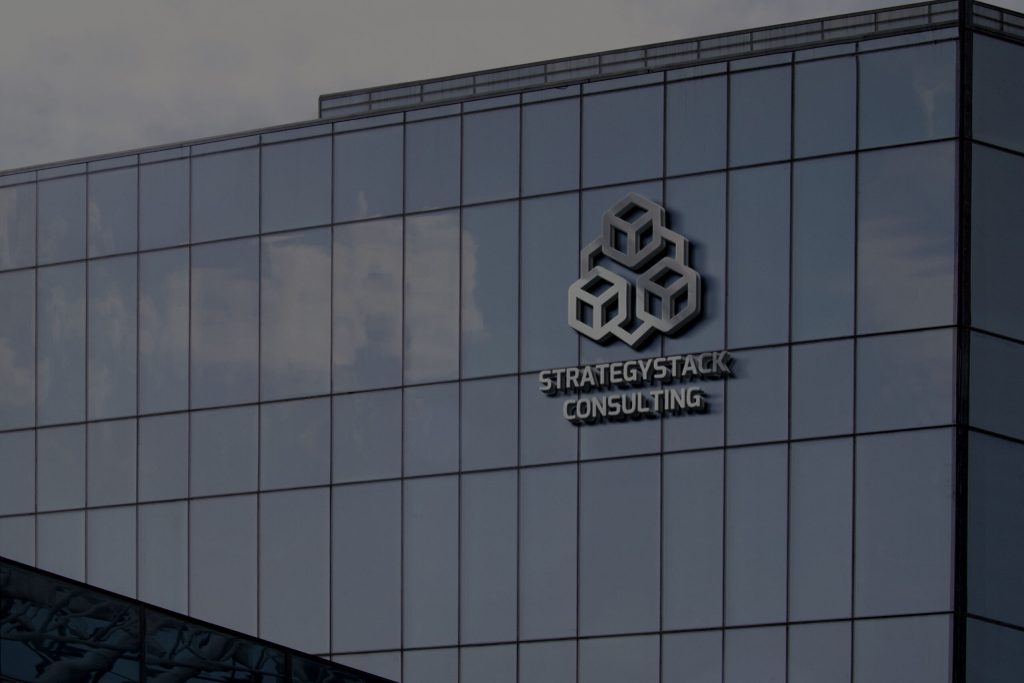Introduction
In today’s rapidly evolving business landscape, companies are under constant pressure to adapt, innovate, and remain competitive. The acceleration of technology, shifting consumer expectations, global economic volatility, and increasing regulatory demands have made transformation a necessity rather than an option. However, transformation is not just about adopting the latest technologies—it’s about building resilient, agile, and future-ready organizations.
This is where the right strategy becomes a game-changer. Business transformation is no longer confined to digital initiatives; it extends across operational efficiencies, financial strategies, supply chains, sustainability, and even cultural shifts within organizations. Additionally, outsourcing key business functions—such as Finance, HR, and IT to India—has emerged as a powerful tool for businesses looking to optimize costs while maintaining efficiency and innovation. As leaders, the question is no longer whether to transform but rather how to do it effectively and efficiently.
The Shifting Business Landscape
1. Digital-First Imperative
The world is moving towards a digital-first economy. Businesses that fail to embrace digital transformation risk losing relevance. Automation, artificial intelligence, cloud computing, and big data analytics are no longer futuristic trends; they are fundamental to staying competitive. Companies that integrate these technologies effectively streamline operations, enhance customer experiences, and drive data-driven decision-making.
However, adopting technology for the sake of it is a common pitfall. The real value lies in strategically aligning digital initiatives with long-term business goals. Digital transformation should be viewed as an enabler rather than a standalone initiative.
2. Cost Optimization Without Compromising Growth
In an uncertain global economy, cost efficiency remains a top priority. However, cost-cutting efforts should not hinder innovation and growth. Instead, companies must focus on optimizing costs by improving process efficiencies, leveraging automation, and rethinking resource allocation.
A well-executed cost optimization strategy does not merely reduce expenses—it reallocates capital toward high-impact areas such as R&D, market expansion, and talent development. The key is intelligent cost efficiency—cutting waste while investing in strategic growth drivers. One of the most effective ways to achieve this is through outsourcing key business functions to India, allowing companies to tap into world-class talent while significantly reducing operational costs.
3. Supply Chain Resilience and Agility
Recent disruptions—from global pandemics to geopolitical tensions—have exposed vulnerabilities in traditional supply chain models. Businesses can no longer afford to operate on lean, just-in-time principles without contingency planning.
The future of supply chain management revolves around resilience and agility. This includes diversifying suppliers, integrating real-time data analytics, investing in predictive analytics, and fostering strategic partnerships. The ability to anticipate risks and adapt quickly will determine a company’s ability to maintain operational continuity.
4. Mergers & Acquisitions as a Strategic Lever
Mergers and acquisitions (M&A) are no longer just financial transactions; they are strategic growth enablers. Organizations seeking to expand market share, gain competitive advantages, or acquire new capabilities must view M&A as an integral part of their business transformation strategy.
However, the success of an acquisition hinges on seamless integration, cultural alignment, and a clear post-merger roadmap. Many M&As fail due to poor execution rather than flawed strategies. Companies must prioritize strategic due diligence, integration planning, and stakeholder management to extract maximum value.
5. Sustainability as a Business Differentiator
Sustainability is no longer a corporate social responsibility checkbox—it’s a business imperative. Investors, consumers, and regulators are increasingly demanding environmentally and socially responsible business practices.
Organizations that embed sustainability into their core strategy gain a competitive edge. This includes embracing circular economy models, reducing carbon footprints, adopting ethical sourcing, and implementing ESG (Environmental, Social, and Governance) frameworks. Sustainable business practices are not just about compliance; they drive long-term profitability and brand loyalty.
6. The Power of Outsourcing
Outsourcing to India is no longer just a cost-saving measure—it’s a strategic advantage. Global businesses are increasingly shifting Operations (esp., Finance, HR, and IT functions) to India to leverage highly skilled professionals, 24/7 operational support, and significant cost reductions.
- Finance Outsourcing: CFOs can optimize cost structures, streamline accounting, improve FP&A processes, and ensure compliance without the overhead of large in-house teams.
- HR Outsourcing: Companies can manage payroll, benefits administration, recruitment, and compliance efficiently by outsourcing HR operations.
- IT Outsourcing: Businesses gain access to top-tier engineers, AI specialists, and cybersecurity experts, driving innovation and digital transformation at scale.
By leveraging India’s outsourcing ecosystem, companies can focus on core business functions while ensuring seamless backend operations. The result? Greater efficiency, higher profitability, and scalable growth.
The Path Forward: How Companies Can Thrive
While transformation is inevitable, its success depends on execution. Companies must move beyond buzzwords and adopt a structured, outcome-driven approach to business transformation. Here’s how:
1. Define a Clear Vision and Roadmap
Transformation must be intentional and strategic. Businesses should begin with a clear vision, identifying key priorities, challenges, and desired outcomes. A well-defined roadmap ensures alignment between leadership, employees, and stakeholders, minimizing resistance and confusion.
2. Foster an Adaptive Culture
Cultural resistance is one of the biggest obstacles to transformation. Employees often fear change due to uncertainty. Organizations must foster a culture of agility, innovation, and continuous learning. This requires leadership buy-in, transparent communication, and a strong emphasis on upskilling and reskilling employees.
3. Leverage Data-Driven Decision Making
Data is the new currency of business transformation. Companies must move beyond intuition-based decision-making and embrace real-time, data-driven insights. Advanced analytics, AI, and machine learning enable organizations to identify trends, predict customer behavior, and optimize operations proactively.
4. Prioritize Customer-Centricity
Successful transformation is customer-driven. Businesses must constantly analyze customer behaviors, pain points, and expectations. The goal is to create seamless, personalized experiences that build long-term customer loyalty.
5. Build Resilient and Flexible Operations
Organizations must move away from rigid, traditional business models and adopt flexible, scalable, and resilient structures. This includes:
- Cloud-based infrastructure for operational flexibility
- Agile methodologies for faster project execution
- Contingency planning for crisis management
- Strategic partnerships for co-innovation and ecosystem growth
6. Measure, Iterate, and Scale
Transformation is an ongoing journey, not a one-time initiative. Businesses must continuously measure progress, gather feedback, and iterate. KPIs and performance metrics should be established to track the impact of transformation efforts, ensuring sustained momentum.
Conclusion
The future belongs to organizations that embrace transformation as a continuous journey, not a reactive necessity. By leveraging digital transformation, supply chain resilience, M&A strategies, sustainability, and outsourcing/offshoring, businesses can cut costs, drive efficiency, and accelerate growth.
At StrategyStack Consulting, we help businesses navigate transformation with pragmatic, data-driven, and customer-centric strategies. The road ahead is filled with opportunities—let’s navigate it with confidence, agility, and purpose.
What’s Next?
Stay tuned as we dive deeper into specific transformation strategies in our upcoming posts. In the next article, we will explore how digital transformation is reshaping businesses in 2025 and what leaders must do to stay ahead. Let’s shape the future—together.





